Nepal, with the Himalayas covering 15% of its land area, is home to eight of the world’s 14 peaks higher than 8,000 meters. The Nepal Economic Forum considers mountaineering an important business, providing much-needed revenue. In recent years, each climbing season from March to May, Nepal has earned nearly $6 million from climbing permit fees, of which about $5 million came from Everest, creating more than 500,000 jobs nationwide, according to Nikkei Asia.
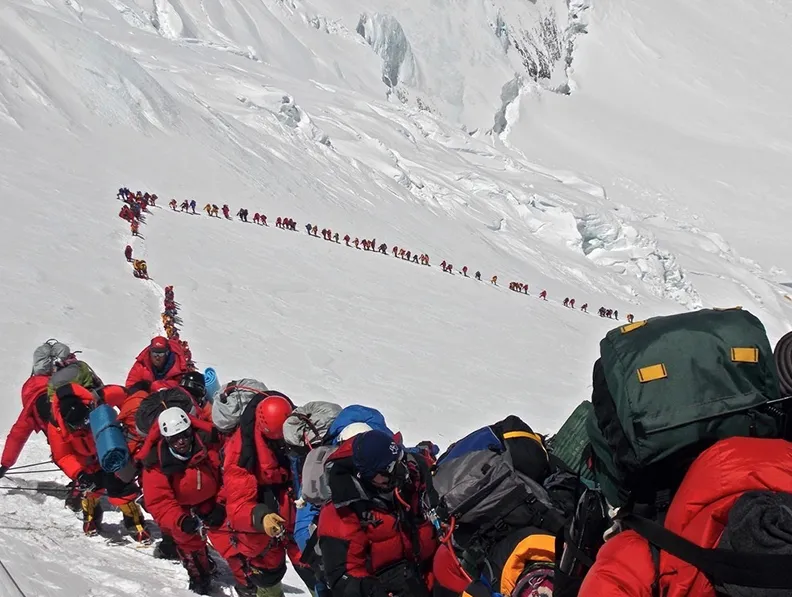
As the 2025 spring climbing season comes to a close, Nepal has launched a series of reforms to its Everest regulations that many experts see as a watershed. Under the Integrated Tourism Law, anyone who wants to climb Everest will have to prove that they have previously climbed a peak in Nepal above 7,000 meters, a requirement that experts say will help weed out those with money but not the skills. In addition to proving they are physically fit enough to climb at extreme altitudes, climbers will be required to hire a Nepali guide.
Then, starting in the 2026 climbing season, the spring climbing fee (March-May), which has been at $11,000 for many years, will rise to $15,000, a 36% increase. Fall and winter/monsoon climbing fees will also be adjusted accordingly. The salary protections, insurance, and priority use of local Nepali guides will strengthen the rights of the Sherpa minority, the best mountaineers known as “guardians of the Himalayas,” according to the Kathmandu Post. The increased fees better reflect the manpower, rescue, environmental, and infrastructure requirements that the country must maintain to upgrade infrastructure in the Khumbu region.
Another serious problem is the environment, as the mountain is saddled with tons of waste after each climbing season. According to National Geographic, each climber produces an average of 8kg of waste, and most of this waste is left on the mountain. After the 2024 climbing season, a climbing team sponsored by the Nepalese government cleaned up 11 tons of waste, including old tents, food packaging, gas cylinders, oxygen tanks, tent backpacks, ropes, etc. Therefore, in addition to raising conditions and limiting the number of people, the Nepalese government has also implemented a series of new measures to protect the environment around Everest. Accordingly, regulations require climbers to bring biodegradable bags to collect waste, including human waste, and bring the waste back to the climbing camp (Everest Base Camp).
According to the International Mountaineering Association (UIAA), this reform is considered by international experts as a “brave and necessary step”. The government has set higher requirements to protect climbers, improve the rights of local workers and preserve the beauty of the Himalayan environment. The Nikkei Asia newspaper in late July commented that Nepal is rebuilding Everest in a professional, responsible and sustainable manner.
Source: https://www.sggp.org.vn/buoc-ngoat-chuyen-huong-nganh-du-lich-everest-post806644.html


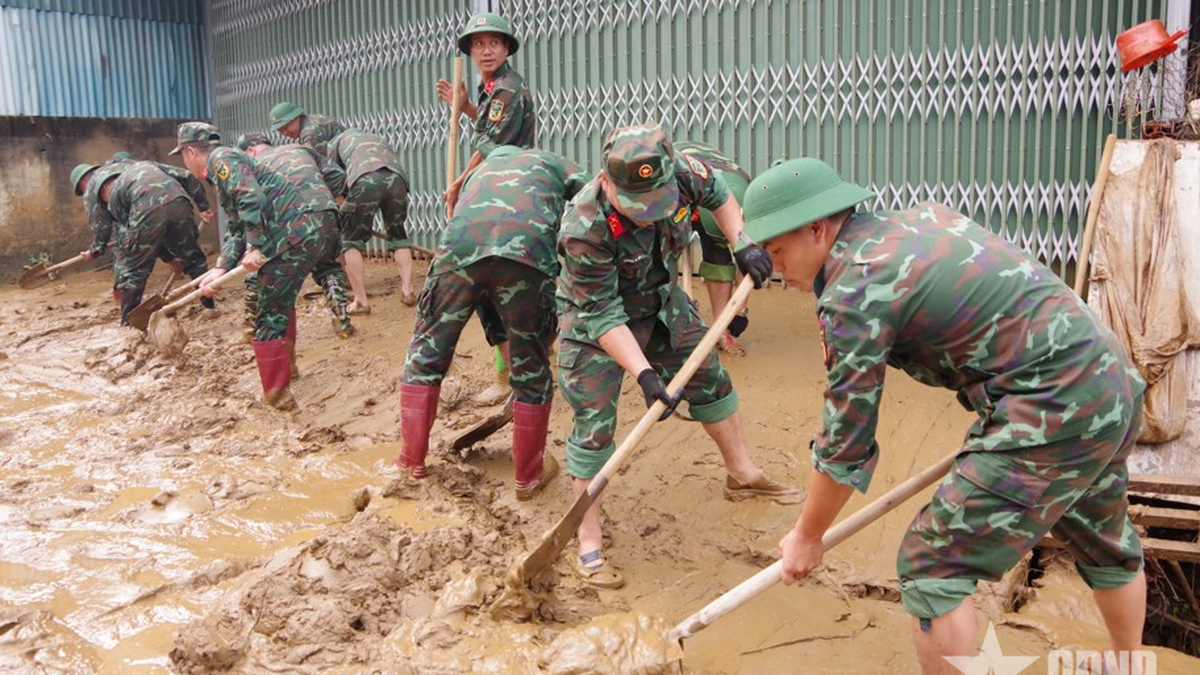
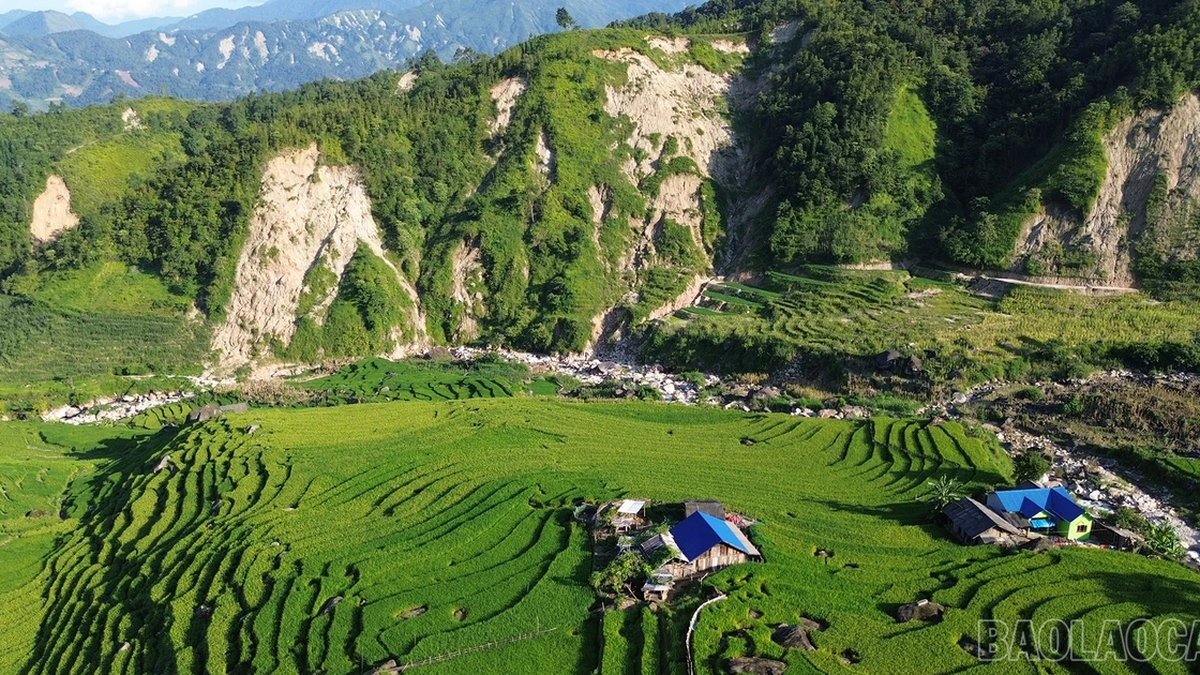
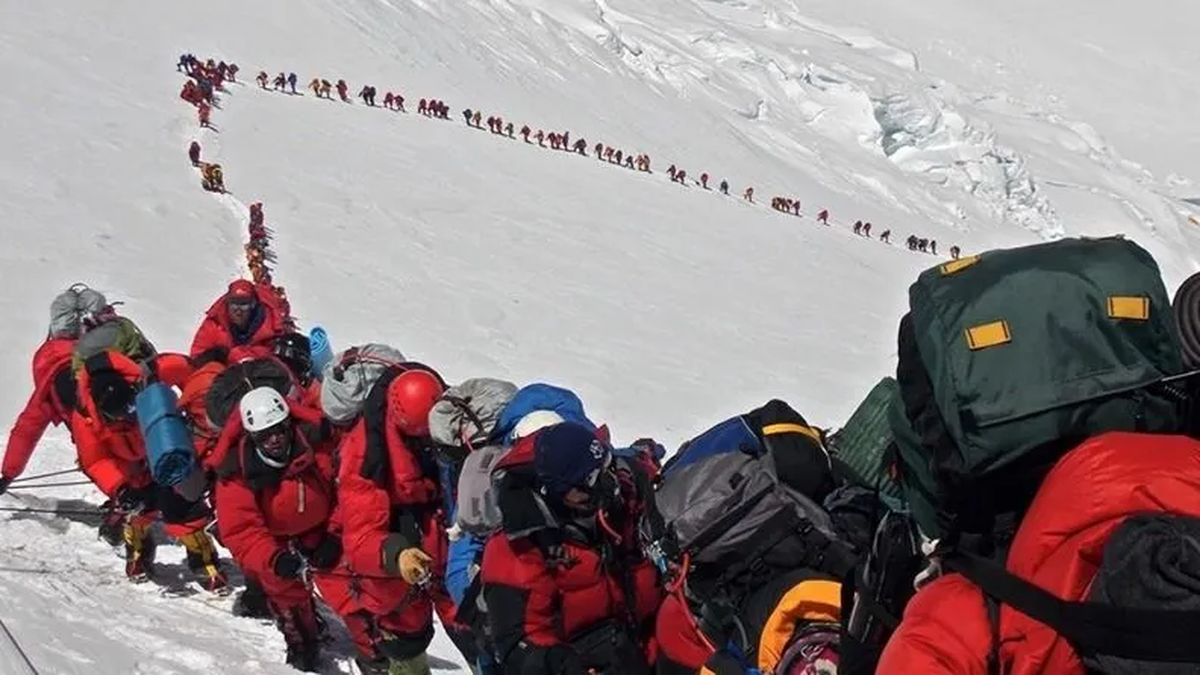

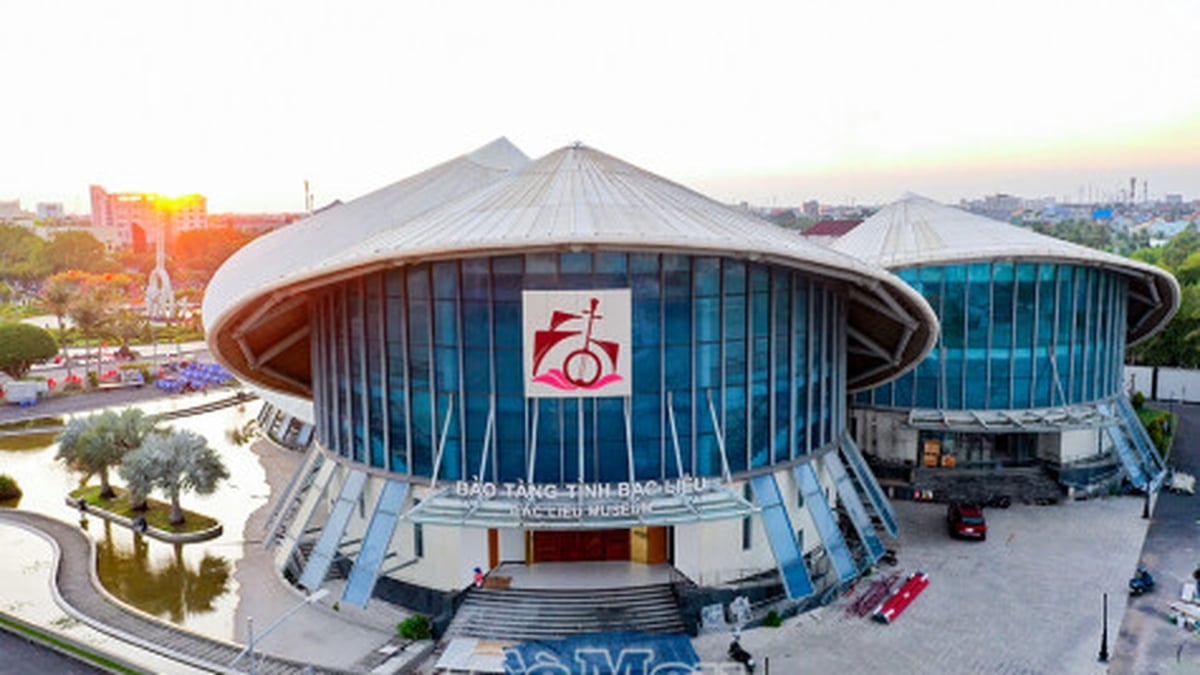

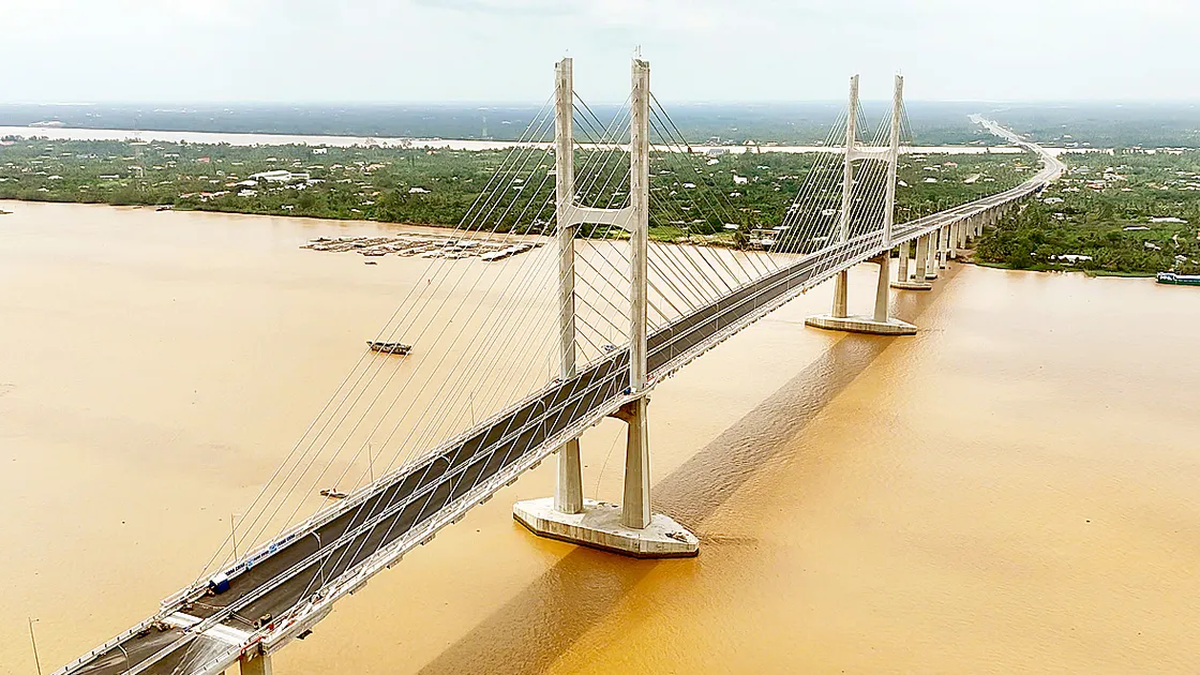

























































































Comment (0)